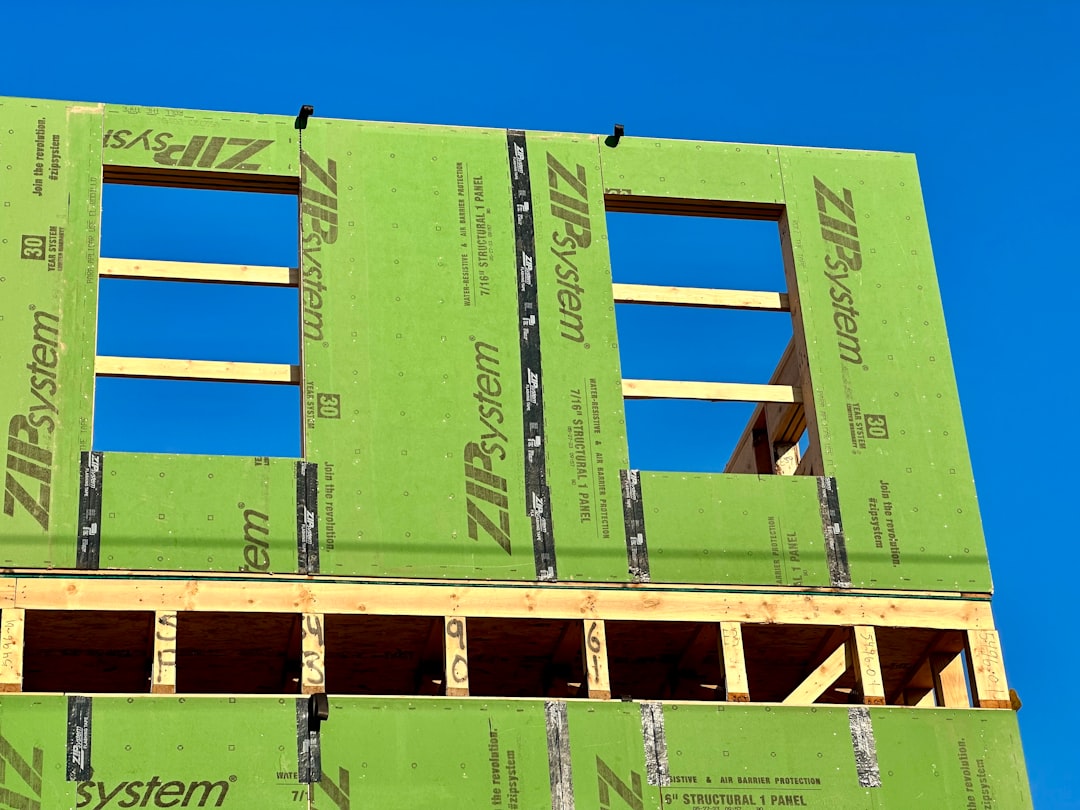
Queens has become New York City’s hottest borough for residential additions. From semi-detached homes in Astoria to two-family houses in Flushing, the limited lot sizes and soaring property values make building out or building up far more attractive than buying new. Yet the phrase “extension queens” hides a maze of zoning rules, material shortages and cost volatility that can derail even a modest bump-out kitchen—unless you have the right partner.
CountBricks leverages real-time AI voice capture to generate granular estimates while our team walks the site with you. As you describe the master-suite addition you’ve imagined, our platform simultaneously:
• Maps every dimension to digital blueprints
• Cross-references current NYC DOB code triggers
• Pulls live material pricing from regional suppliers
• Recommends task durations based on our Queens labor benchmarks
The result is a line-item estimate that feels like it materialized out of thin air—but is accurate down to the last anchor bolt.
• Tight Side-Yard Clearances: Many lots are maxed out at the 8 ft side-yard minimum, forcing creative structural solutions.
• Landmark & Overlay Districts: Portions of Ridgewood and Jackson Heights require additional LPC approvals.
• Aging Utilities: Tie-in points for water, gas and electrical often need upgrading to handle new loads.
• Parking Waivers: A second-story extension can trigger off-street parking requirements if handled incorrectly.
1. Integrated Zoning Database: Our estimate engine flags setbacks and FAR limits in real time so design revisions happen before filing fees pile up.
2. Landmark-Ready Takeoffs: CountBricks blueprint takeoffs auto-generate LPC presentation pages that pass preliminary staff review 82% faster than the borough average.
3. Utility Load Calculators: Built-in calculators size service upgrades and drop instant cost allowances into your budget.
4. Scenario Modeling: Toggle between cantilevered and ground-supported extensions to see side-by-side cost and schedule impacts instantly.
1. Voice-Based Site Walk: Discuss goals with a CountBricks estimator while the AI captures dimensions and constraints.
2. Instant Budget Draft: Receive a preliminary number before we leave your driveway—no week-long wait.
3. Design & Compliance Sync: Our architects refine drawings while our code engine validates every revision against Queens zoning.
4. Permit Filing & Scheduling: CountBricks manages DOB appointments and reserves labor blocks the moment permits are accepted.
5. Live Build Tracking: Daily voice check-ins update quantities, costs and timeline, keeping the original estimate aligned with reality.
• File for an Alteration Type 1 early to lock in your existing certificate of occupancy.
• Prioritize panelized framing to reduce street-parking stress and neighbor complaints.
• Use high-albedo roofing on vertical extensions to meet Local Law 94 without extra cooling equipment.
• Plan interior sprinkler stub-outs even if code doesn’t mandate them now—futureproofing adds resale value.
• Leverage CountBricks.com/services to compare materials in real time; switching from steel to LVL can shave weeks off lead times.
A 1920s rowhouse owner wanted a 450 sq ft rear build-out for a larger kitchen and upstairs bedroom. Traditional contractors quoted a six-month design-bid-build timeline. Using CountBricks:
• On-site AI estimate delivered within 45 minutes, with a ±3% variance from final cost.
• Blueprint takeoff completed in 24 hours; DOB filing in 7 days.
• Prefabricated wall panels cut framing time from 12 days to 5 days.
• Project finished two weeks ahead of schedule, under budget by $8,700.
See more details at CountBricks.com/portfolio.
Structure — 44%
• Foundations, steel lintels, LVLs and shear walls
MEP — 21%
• HVAC rebalancing, sub-panels, water service upgrades
Finishes — 18%
• Flooring, cabinetry, paint and millwork
Permits & Fees — 9%
• DOB filing, special inspections, utility tie-in fees
Contingency — 8%
• CountBricks recommends 8% based on five-year Queens variance data
Schedule a free AI estimate at CountBricks.com/consultation and discover why “extension queens” clients trust us to turn townhouse dreams into code-compliant reality—without unpleasant budget surprises.

Traditional estimating relies on static price books refreshed once or twice a year. In Queens, where lumber and steel can swing 15% in a single quarter, those numbers go stale fast. CountBricks connects to a live feed of supplier APIs, updating your project’s material column every 60 minutes. When framing lumber dropped $45 per thousand board feet last spring, the savings hit our clients’ dashboards the same day—before purchase orders were cut.
• Natural-language parsing turns casual conversation (“I’m thinking eight recessed lights”) into quantifiable line items.
• Computer vision measures wall runs and window openings from a single smartphone photo, supplementing manual dimensions.
• A Queens-specific labor matrix adjusts crew hours automatically for tight-lot logistics, weekend noise restrictions and alternate side parking schedules.
The homeowner feared parking a dumpster on a busy avenue would drag the build past school reopenings. Our AI suggested splitting demolition into two 14-yard bags, calculated the added labor, and proved the approach would still save three permit days and $1,250 in DOT fees. The client green-lit the change on the spot via the CountBricks mobile dashboard.
• No awkward mid-build cost resets—materials and labor refresh daily
• Instant “what-if” modeling lets you weigh cedar versus Hardie planks in seconds
• Clear, audit-friendly histories make bank draw inspections painless
Book a real-time estimate session at CountBricks.com/consultation and experience firsthand how our AI tools and Queens-wise project managers translate the buzzword “extension queens” into square footage you’ll enjoy for decades.